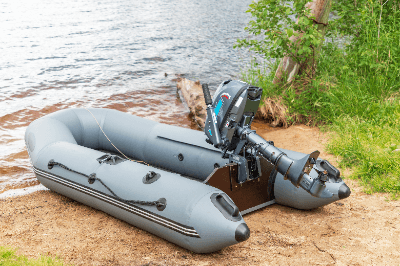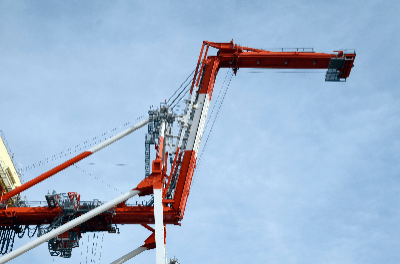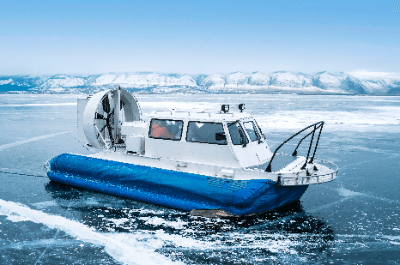What Are Linesman Pliers?
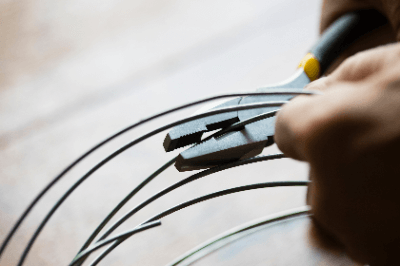 Linesman Pliers are tools mainly used for electrical work and electronic construction.
Linesman Pliers are tools mainly used for electrical work and electronic construction.
They are mainly used to crimp terminals and other parts onto electrical wires. They are sometimes equated with crimping pliers, which are commonly used to crimp terminals.
However, the functions of the two are very different. In the field of linesman pliers, there is a distinction between crimping pliers that simply only crimp wires and crimp terminals, and linesman pliers that, in addition to the crimping function, also have cable cutter functions for cutting wires and wire strippers for stripping wire sheaths.
Usage of Linesman Pliers
Linesman Pliers are used to perform a series of crimping operations of terminals to wires. They are useful for electronic work and wiring repair work in confined spaces.
Although it is possible to crush terminals and connect them to wires with radio pliers or other tools, the claws are made to bite into the wire sheath to prevent the terminals from coming loose, so the correct crimp shape cannot be formed during crimping, which reduces the reliability of the electrical connection.
Linesman Pliers can be used to crush the terminal to produce a firm claw, which bites into the sheath of the wire and prevents the terminal from coming off easily.
In addition to crimping the terminals, cutting the wire, stripping the sheath, and cutting the bolts can also be done with linesman pliers, making it unnecessary to use other tools when working.
Principle of Linesman Pliers
The following is the principle of linesman pliers, and how they differ from crimping pliers.
1. Die (Terminal Crimping Part)
The die refers to the tip part that tightens the crimp terminal. Many crimping pliers are specially designed for each crimp terminal, so the finish after crimping is clean and the wire can be securely connected. Some of them can also be used for crimping terminals of different sizes by replacing the die.
Linesman Pliers, on the other hand, have a strong aspect as a general-purpose product and can be used for crimping work as long as the size matches, without being able to replace the die.
2. Cable Cutter Function
Linesman Pliers also have a function for cutting wires, allowing work without having to prepare separate tools such as nippers, etc., and without having to change tools.
3.Wire Stripper Function
Linesman Pliers also have a function for stripping wire sheathing, allowing you to complete a series of crimping terminal operations with a single pair of pliers.
How to Select Linesman Pliers
When selecting linesman pliers, please note the following:
1. Intended Use
Linesman Pliers have a variety of uses, and each product has different features. For example, they are equipped with a bolt cutter, can strip 3 wire coats at once, and other extra functions, so you need to select the product that meets your needs.
2. Grip
When crimping wires and terminals, it is necessary to crush the terminals with strong force, so it is important that the shape of the grip is easy to grip.
There are products with a shape and material designed to be easy to grip, as well as those with a spring-loaded assist, so it is advisable to select a product according to your needs.
3. Type of Crimp Terminal to Be Used
Since the terminals used differ depending on the equipment, such as flat connection terminals and connector terminals, linesman pliers should be selected for each type of terminal. If pliers that are not suitable for the intended terminal are used, problems such as disconnection of the joint or breaking of the wire may occur.
Some linesman pliers are compatible with more than 100 types of terminals, so please check in advance whether they are compatible with the crimp terminals you plan to use.
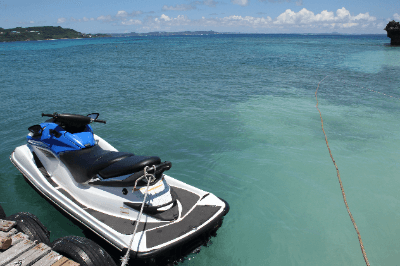
 Linesman Pliers are tools mainly used for electrical work and electronic construction.
Linesman Pliers are tools mainly used for electrical work and electronic construction.
